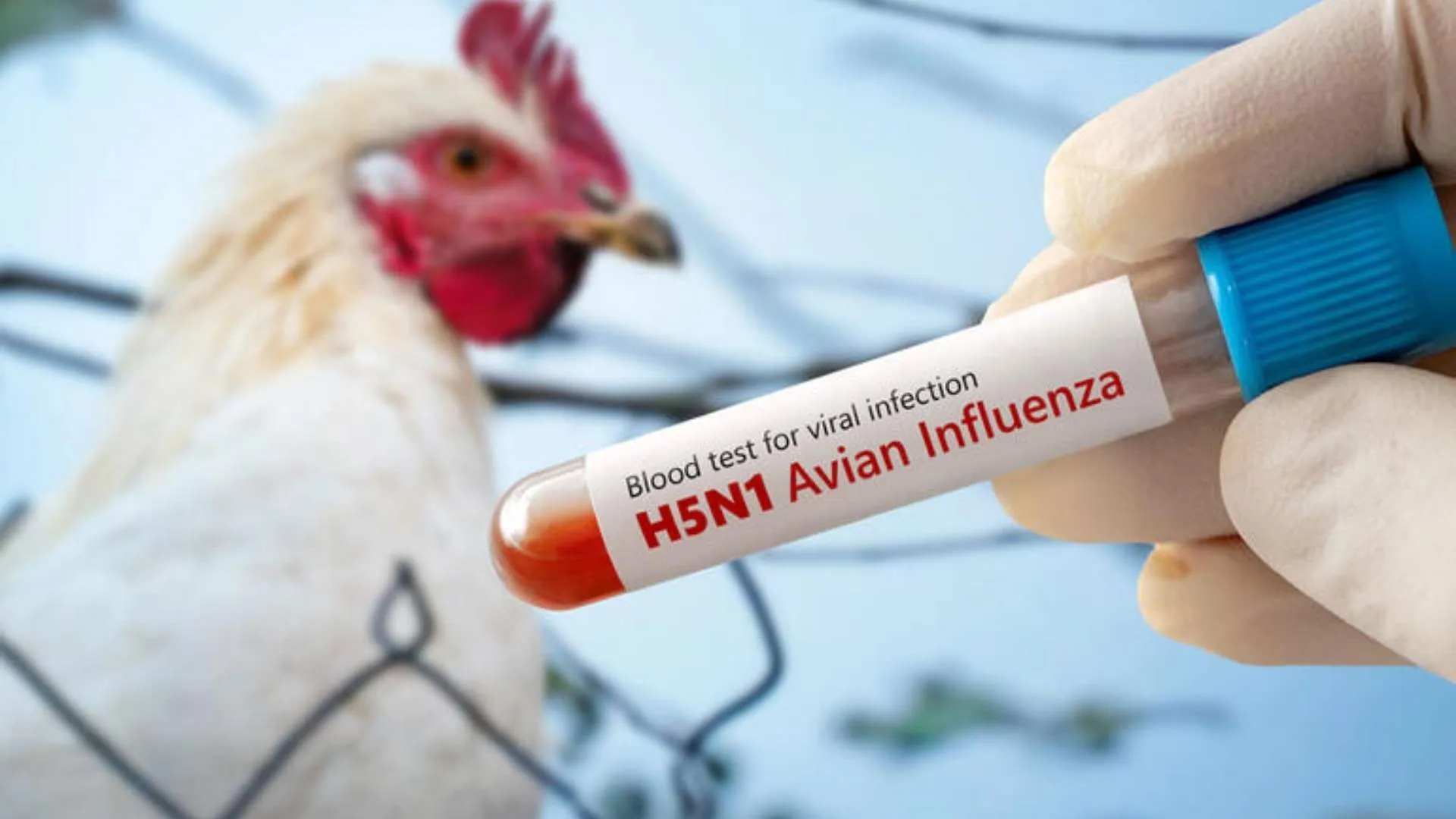Leading virologists from over 40 countries are raising concerns over the escalating threat posed by H5N1 avian flu, a virus that can cause severe symptoms in humans, including coughing, body aches, fatigue, and pneumonia. In a commentary published this week in The Lancet Regional Health–Americas, scientists from the Global Virus Network (GVN) are urging global leaders to take urgent action, drawing on lessons learned from the COVID-19 pandemic.
Rising Risk of Human-to-Human Transmission
The experts highlight that sporadic human infections in the United States, with no known contact with infected animals, suggest the possibility of viral adaptation for efficient human-to-human transmission. “In the U.S., sporadic human infections with no known contact with infected animals highlight the possibility of viral adaptation for efficient human-to-human transmission,” GVN scientists state in their commentary.
At the same time, the virus continues to circulate among wild birds, backyard flocks, and migratory species, further increasing the risk to both humans and domestic animals. “The virus’s persistence in wildlife populations, combined with its potential for mutation, significantly amplifies the global threat,” the experts warned.
Urgency for Enhanced Measures Against H5N1 Avian Flu
The virologists are calling on world leaders to bolster surveillance systems, improve biosecurity protocols, and prepare for the potential of human-to-human viral transmission. “Understanding the current landscape of H5N1 infections is critical for effective prevention and response,” said Dr. Sten H. Vermund, Chief Medical Officer of the GVN and Dean of the USF Health College of Public Health at the University of South Florida. He added in a press release, “The virus’s ability to infect both animals and humans, combined with recent genetic changes, underscores the importance of proactive surveillance and rapid response measures.”
Widespread Impact of H5N1 Avian Flu on Animals and Humans
The commentary also underscores the severe consequences of the virus on both animal populations and humans. More than 995 dairy cow herds and at least 70 individuals have contracted H5N1, including severe cases and the first reported death from the virus in the United States.
Since 2022, the virus has spread across all 50 U.S. states and Canada, leading to the loss or culling of more than 168 million poultry animals. Despite the lack of documented human-to-human transmission, experts warn that the virus could mutate or combine with other flu viruses, making it more transmissible.
Recommendations for Global Action
To mitigate the growing threat of H5N1, the researchers have made several key recommendations for global leaders and public health authorities:
- Enhanced Monitoring: Continuously monitor animals, including testing milk, wastewater, and individuals working with infected animals, to track virus evolution that may lead to human-to-human transmission.
- Genomic Data Sharing: Accelerate the sharing of genomic data across global research networks to track the virus’s evolution and spread.
- Protective Measures: Encourage the use of personal protective equipment and enforce strict cleaning protocols on farms.
- Diagnostic Testing: Advocate for self-administered diagnostic tests for farmworkers and ensure health care access for frontline medical workers.
- Increased Funding: Provide additional funding for response efforts, especially in high-risk regions.
- Virus Prediction and Vaccine Development: Invest in technologies that predict the traits of avian flu viruses from genetic data and expedite the development of vaccines for both people and animals.
- Clinical Studies: Conduct clinical studies to assess the properties of emerging virus strains, evaluate potential therapies, and develop vaccines.
Also Read: Can Eating Too Much Chicken Increase Your Cancer Risk? Here Is New Study





















